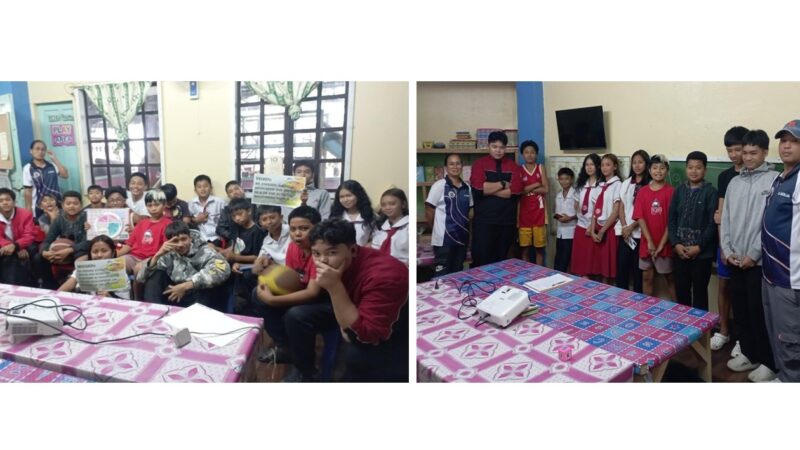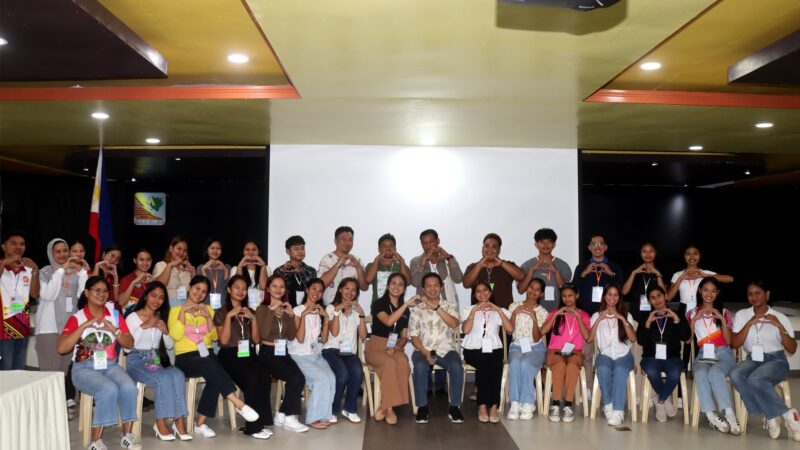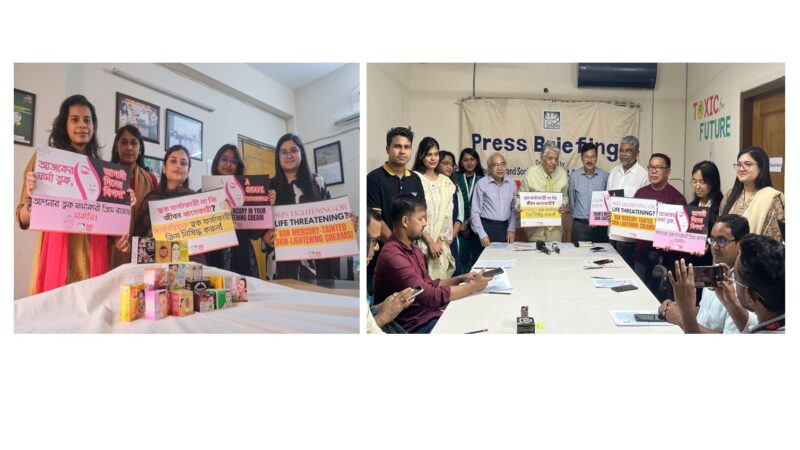Mitigation measures eyed for Dengue case decrease, additional reporting seen as factor in case increase

The number of Dengue cases in the city is on the downtrend, which is accredited to good leadership, monitoring and aggressive clean-ups such as Denguerra where residents and the local government co-operated on sanitation targets, it was reported in the Anti-Dengue committee meeting at the Health Services Office (HSO) recently.
One death was reported for the first quarter of 2023, City Epidemiology Surveillance Unit (CESU) Officer Dr. Donna Tubera-Panes noted.
The peak number of cases in 2019 is even lower than cases of the previous years due to anti-dengue activities.
Other activities include search and destroy of suspected mosquito breeding places, regular and simultaneous barangay clean-ups, plant shake-ups and oplan taob where receptacles and rain-water collecting containers are overturned to prevent mosquitoes eggs from developing, hatching and multiplying.
In recent rounds, however, Dr. Panes and her team observed that stored water for general and household use needs to be covered against egg-laying mosquitoes. The inside portion of containers previously with water should also be scoured clean for randomly stuck mosquito eggs, as once refilled, may still hatch into pupa, larvae and adult, Dr. Panes said.
The action prevents the reproduction of 3.6 M mosquito eggs in a month, from only a pair, she added.
As to data from the University of the Philippines Department of Mathematics and Computer Science, dengue cases are on a three-year cyclic pattern but lately, sporadic behavior have been noted. From the usual decrease in cases after the rainy months, the drop happens now as late as the end of December; with four serotypes now dominant in the months of June to September.
Reported increase in dengue cases are due to external factors; rainy season, cyclic pattern, lack of water, and climate change, Dr. Panes reported.
As for internal factors, there are now 22 public and private laboratories reporting dengue cases whereas in the past years, only government hospitals and health centers report laboratory results.
Validation and geotagging of cases is also recommended as several barangays have histories in frequency of cases; including surrounding areas. Vector surveillance for prediction of cases is now done in 52 barangays by the University of Baguio medical laboratory science, community and public health students in coordination with the Department of Health (DOH).
It was also noted in the meeting that some school-age childrens’ allergies prevented the use of insecticide-sprayed nets in primary schools; including issues on ventilation and air circulation.
Much of the cases are school children, Dr. Panes said. Data shows the frequency of dengue cases as more; those less than 10 years old; 20 to 29 years old; 10 to 19; 30 to 39 and followed by the rest of the ages.
It is also recommended that validation of cases at the community level be done to confirm possible transmission of Dengue. A fever of two days or more should warrant a consultation, while fever after 2 to 7 days is the start of the critical period.
A data bank for cases as early as 2002 would also be useful for data analysis, Dr. Panes said.
The meeting also tackled the functions of the Baguio City Anti-Dengue Committee members and the P40M funds from the DOH. – JGFianza






